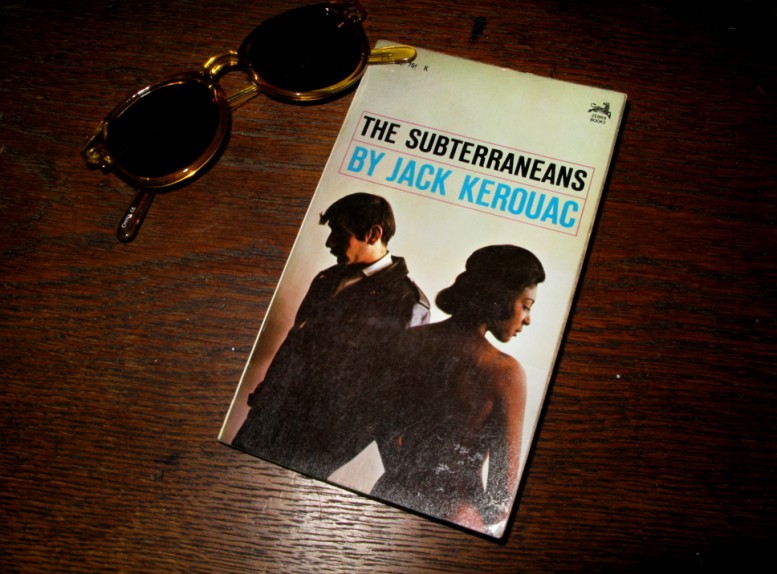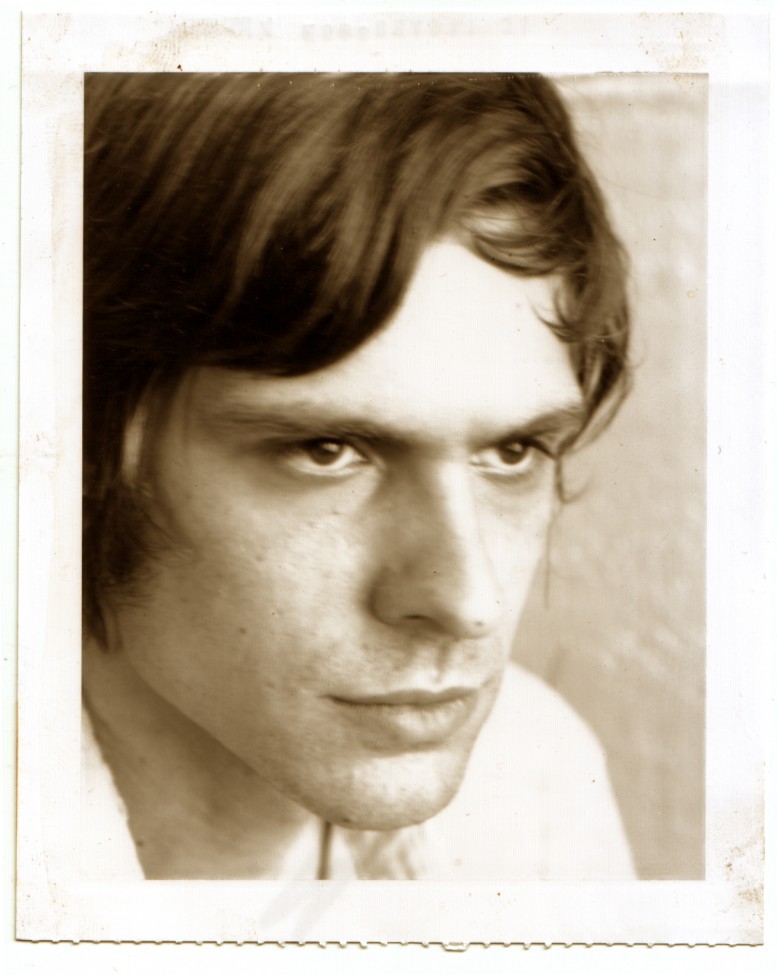Required Reading: Lautréamont's Maldoror
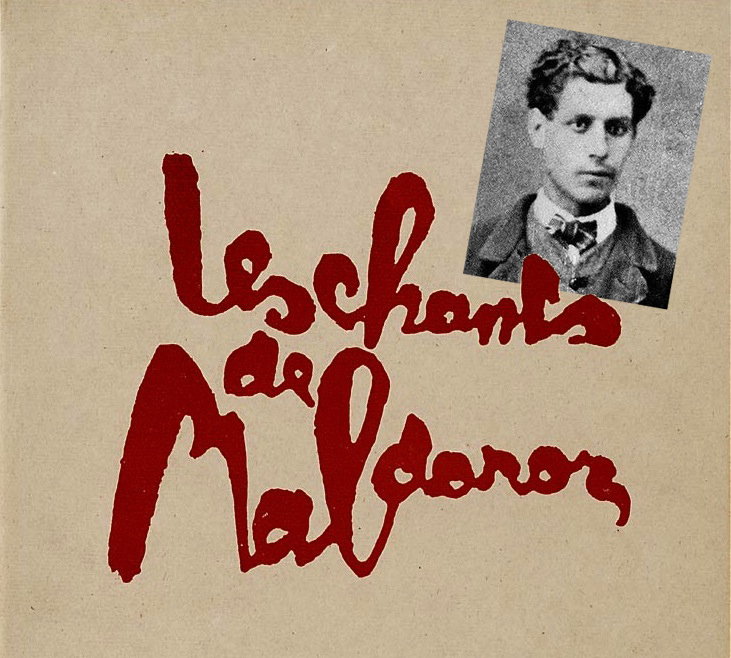
"The deadly uses of this book will lap up his soul as water does sugar." In 1917 French writer Philippe Soupault discovered a copy of Comte de Lautréamont's manuscript Les Chants de Maldor in the mathematics section of a small Parisian bookshop, near the military hospital to which he had been admitted.. Lautréamont, which was the pseudonym of Isidore Lucien Ducasse, born in Uruguay 1846 and died in Paris in 1870, was immediately canonized as a surrealist god - in the pantheon of Baudelaire, Rimbaud, and Mallarme. "Chants de Maldoror unveils a world, half vision, half nightmare, of angels and gravediggers, hermaphrodites, and homosexuals, madmen and strange children." Right now at the Galerie Anais in the Bergamont art space in Santa Monica, California a small exhibit of inspired drawings by the the similarly morbid artist Hans Bellmer - The Songs of Maldoror and Erotic Series is on view until March 31st. www.galerieanaisla.com
Daddy's Girl: The Erotica of Anaïs Nin
Anaïs Nin by Carl Van Vechten 1949
February 21 marked the 108th birthday of Anaïs Nin, a controversial figure perhaps best known for her romantic dalliances with prominent figures such as Henry Miller, Otto Rank, Lawrence Durrell, Antonin Artaud and Gore Vidal. She worked as a psychoanalyst, wrote fiction, trained as a dancer, appeared in films by Maya Daren and Kenneth Anger, had an affair with her father, pianist and composer Joaquin Nin, and eventually married Rupert Pole sixteen years her junior when she was forty-four (she was already married to banker and experimental filmmaker Hugh Guiler at the time.) All of this and more she documents in her diaries, which span more than sixty years. It is, perhaps, not surprising then that Nin also dabbled in erotica; collections of her stories, Little Birds and Delta of Venus, are now considered some of the finest erotica ever written.
The books were not published until the late 70s, after Nin succumbed to a three-year battle with cancer. The stories themselves were written much earlier, in the 1940s when Henry Miller and Nin were both living in Paris. Miller, after publishing Tropic of Cancer, was approached by a third party to write pornographic stories for an anonymous collector at the rate of $1 per page. Soon, many of his artist and writer friends, including Caresse Crosby, Robert Duncan, and Nin were churning out what the latter termed “an abundance of perverse felicities,” encouraged by Miller to take advantage of this unforeseen source of income.
Anaïs Nin’s Little Birds and Delta of Venus, born out of what was part joke, part moneymaking venture, are erotica in the truest sense of the word. The stories are rich, vivid, beautifully written and populated by character types who embody the multi-hued spectrum of human desire. They deftly and, at times, humorously explore the various ways in which sexual hunger is felt, expressed, and consummated and the reader is often as surprised by the events that unfold as the characters are themselves. The settings, scenarios, and figures in Nin’s stories are largely informed by her own life and enriched and transformed by her considerable powers of invention and unique poetic voice.
Little Birds and Delta of Venus can both be purchased at Amazon.com.
Text by Anna Wittel
A Prospect of the Sea
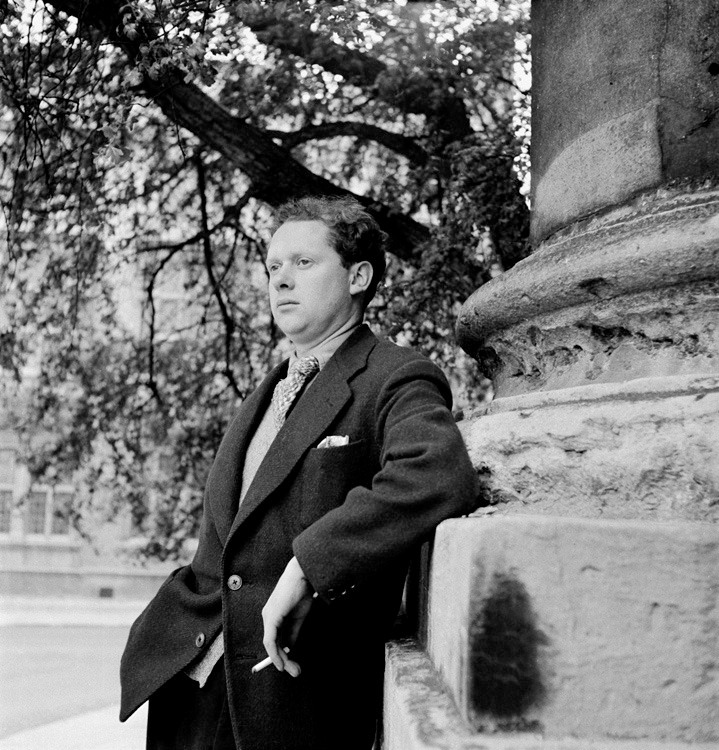 Dylan Thomas, outside the Ashmolean, Oxford c.1946 © Francis Reiss
Dylan Thomas, outside the Ashmolean, Oxford c.1946 © Francis Reiss
'Wake up,' she said into his ear; the iron characters were broken in her smile, and Eden sank into the seventh shade. She told him to look into her eyes. He had thought that her eyes were brown or green, but they were sea-blue with black lashes, and her thick hair was black. She rumpled his hair, and put his hand deep in her breast so that he knew the nipple of heart was red. He looked in her eyes, but they made a round glass of the sun, and as he moved sharply away he saw through the transparent trees; she could make a long crystal of each tree, and turn the house wood into gauze. She told him her age, and it was a new number. 'Look in my eyes,' she said. It was only an hour to the proper night, the stars were coming out and the moon was ready. She took his hand and led him racing between trees over the ridge of the dewy hill, over the flowering nettles and the shut grass-flowers, over the silence into sunlight and the noise of a sea breaking on sand and stone." (Dylan Thomas, from "A Prospect of the Sea.")
Lo-Fi: John Maus
Journey Into the Past
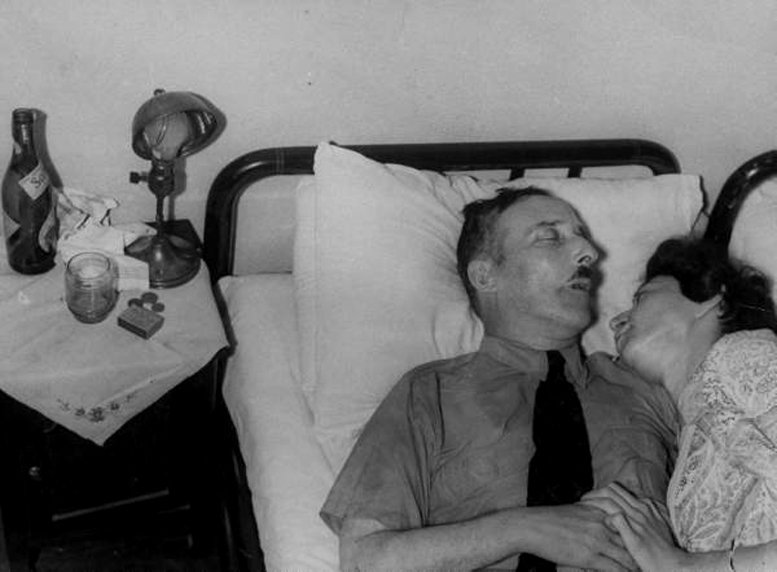 Poison on the Night Stand: Bodies of exiled Austrian author Stefan Zweig & his wife lying on bed, still holding hands, after they committed suicide together - Rio De Janeiro, Brazil - 1942
Poison on the Night Stand: Bodies of exiled Austrian author Stefan Zweig & his wife lying on bed, still holding hands, after they committed suicide together - Rio De Janeiro, Brazil - 1942
"A deep study of the uneasy heart by one of the masters of the psychological novel, Journey into the Past, published here for the first time in America, is a novella that was found among Stefan Zweig’s papers after his death. Investigating the strange ways in which love, in spite of everything—time, war, betrayal—can last, Zweig tells the story of Ludwig, an ambitious young man from a modest background who falls in love with the wife of his rich employer. His love is returned, and the couple vow to live together, but then Ludwig is dispatched on business to Mexico, and while he is there the First World War breaks out. With travel and even communication across the Atlantic shut down, Ludwig makes a new life in the New World. Years later, however, he returns to Germany to find his beloved a widow and their mutual attraction as strong as ever. But is it possible for love to survive precisely as the impossible?...During the 1930s, Zweig was one of the best-selling writers in Europe, and was among the most translated German-language writers before the Second World War. With the rise of Nazism, he moved from Salzburg to London (taking British citizenship), to New York, and finally to Brazil, where he committed suicide with his wife [in 1942]." You can find the newly translated Journey into the Past here.
Original Raconteurs: Julian Maclaren-Ross
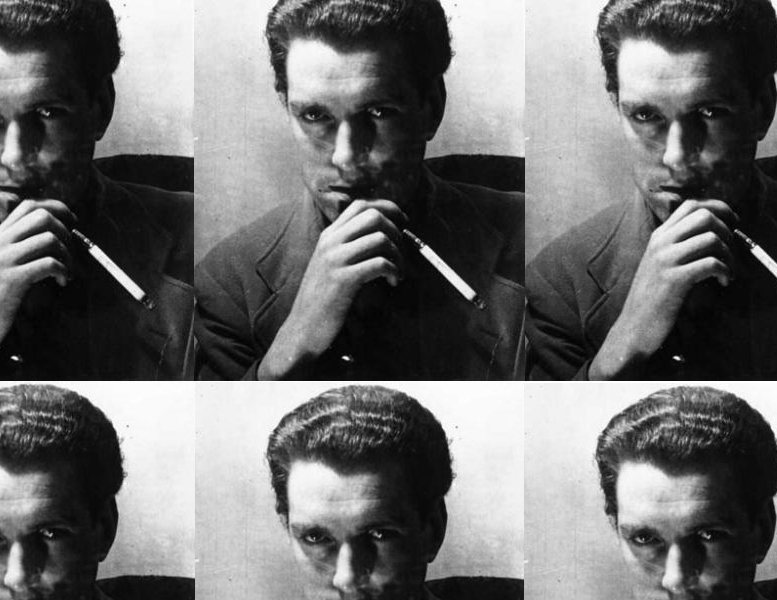 Photo assemblage of a portrait of Julian Maclaren-Ross
Photo assemblage of a portrait of Julian Maclaren-Ross
Editor Alan Ross begins his Introduction to Julian Maclaren-Ross’s Memoirs of the Forties with his claim that the book is the “front-line account of Bohemian wartime Soho by its longest-serving combatant.” Maclaren-Ross, a skilled raconteur held resident court at the Wheatsheaf Pub in “Fitzrovia,” an area popular with artistic types decked out in full dandy regalia, reminiscent of Oscar Wilde, which included a carnation in his buttonhole, extravagantly tailored suits, a teddy bear coat, and a silver topped cane. His signature flourish was the long cigarette holder he used to consume exotic tobacco. (He is said to have smoked up to fifty cigarettes a day.) His apparent flamboyance, however, belied the clarity and concision of his economic prose, delivered in a style not unlike his Modernist contemporary and one-time literary hero, Hemingway, although with much less gravity, and a great deal more irreverence and sly humor.
Maclaren-Ross’ short stories about his experience as a soldier during WWII and the blatant absurdities of military life gave him his first taste of success and he later went on to write novels, radio plays, literary satires, critical essays, and noir fiction. He was also an excellent translator having been educated, for the most part, in the south of France. However, Maclaren-Ross’s love of women and alcohol, his inability or refusal to conform to convention meant that he spent much of his life firmly entrenched at the poverty line. As his biographer Paull Willetts puts it, he was the "mediocre caretaker of his own immense talent."
In Memoirs of the Forties, unfinished at the time of his death, the author recounts in vivid detail his experiences in London during that decade and his personal dealings with other major-players of the era – Dylan Thomas, Graham Greene, the painters John Minton, Robert Colquhoun, Robert Macbryde, and others.
Certain anecdotes stand out for the way in which they shed light on famous or inscrutable personalities, such as Maclaren-Ross’ description of the time the grand mage, Aleicester Crowley, borrowed a copy of one of his short story collections, The Nine Men and returned the work with copious notes scribbled furiously in the margins. Maclaren-Ross describes them as “rather petulant old-world comments, such as: ‘Yes, yes, all very well, but why doesn’t he tell us what the girl’s background is?! Who are her people?!!’ and so on.” Crowley goes on to tell their mutual friend, who lent him the book, “Well next time you see him, tell him to be more precise about his characters’ origins. He seems to ignore all the traditional social values that make up the fabric of our civilization.’” Maclaren-Ross’ response was, “since I’d always understood that Crowley’s mission as Worst Man in the World was to tear this fabric down, [his comments] amused me quite a lot. But then maybe all diabolists are conservative at heart, or where would be the fun?”
Memoirs of the Forties and other of Julian Maclaren-Ross’ works can be found on Amazon.com.
Text by Anna Wittel
Black Lust
"One of those bizarre works of fiction and fact whose haunting details live with the reader forever. This diabolic novel is an encyclopedia of venery, a kaleidoscope of perversions, a jungle of horrors. Historic realism appealing only to people with mature, shock-proof tastes -the love and hate of a white woman for a black Mohammedan chief forms the overtone of this historic novel whose background paints the native tribes in the Valley of the Nile before the turn of this century." Jean de Valliot was actually the failed pornography writer Georges Grassal de Choffat, or Hugues Rebell, depending on who you ask. Black Lust was published in 1931 and only 2000 copies were printed "for private collectors." In my library is edition no. 1967.

